ADHD Work Desk Hacks That Make Starting Tasks Easier
Let’s Make Your Desk a Place Your Brain Can Actually Start 🌟
If you live with ADHD, you already know this truth in your bones: task initiation is the hardest part.
Not doing.
Not planning.
Not even finishing.
Starting.
It’s that invisible barrier on your work desk between “I need to do this” and “I’ve begun.”
For me, starting a task feels like trying to push a car with a dead battery uphill. Once it’s rolling, I’m unstoppable. But the first shove? That’s where I lose 45 minutes scrolling through scented candles and wondering if I should start another side hustle.
Some people call it procrastination. ADHD experts call it task initiation difficulty.
And here’s the part nobody tells you:
👉 Your desk setup either lowers that barrier… or raises it.
👉 Your workspace can become a ramp or a wall.
👉 And ADHD productivity hacks only matter if they help you start.
These ADHD work desk hacks are designed specifically to reduce activation energy, calm the mental friction of “beginning,” and help your brain slip into motion without the usual dread spiral.
Not perfection.
Not minimalism.
Not harsh discipline.
Just easier starts for real ADHD brains.
Let’s make your workspace an ally — not another obstacle.
This post contains Amazon affiliate links. As an Amazon Associate, I may earn a small commission from qualifying purchases—at no extra cost to you.
1. The Anchor Object
Your Brain’s Physical “Start Button”
ADHD brains respond to cues — not commands.
So instead of telling yourself to start working, give your brain a signal it can rely on and recognize. Consider it an ADHD task initiation cue.
Your Anchor Object is one small item that stays in the same spot on your desk and marks the beginning of work mode.
It can be:
🌿 tiny plant
☕ specific coaster for your “work drink”
👉 warm-glow desk lamp
👉 magnetic task board
👉 sensory fidget
👉 smooth grounding stone
Anything calm, simple, and visible works. Switching on a small desk lamp becomes a clear, sensory “we’re starting now” moment. Your brain pairs the warm glow or the click of the lamp with starting.
Or holding the same grounding stone each day creates muscle memory for beginning. I love turning this 👉 smooth moonstone crystal over in my palm to tell my brain, “oh, we’re doing the thing.”
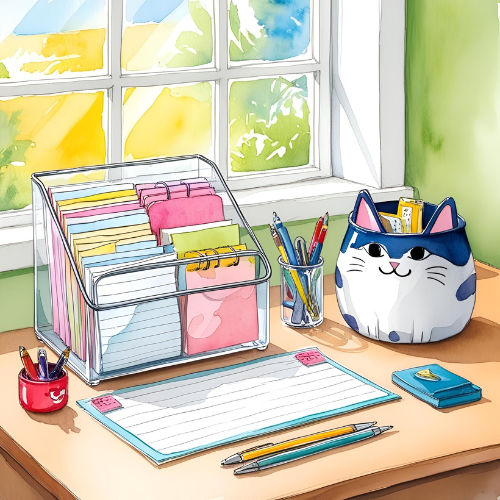
⭐ Why It Works
ADHD workspace organization relies heavily on context-based memory.
Your brain uses external cues to shift mental states.
The Anchor Object becomes:
- a mode switch
- a visual anchor
- a transition tool
- a gentle nudge to begin
This is one of the simplest and most effective ADHD task initiation hacks you can implement.
2. Zone Mapping
Organize by Function, Not by Category
Traditional organization wants everything sorted by type.
But ADHD brains function better when things are grouped by purpose — because that’s how we naturally use them.
Create four micro-zones in your workspace:
The Action Zone
Only today’s tasks live here — not someday items.
- bills you’re actively paying
- the form you keep avoiding
The Utility Zone
Your everyday tools and essentials that somehow always get misplaced.
- gel pens
- stim toys you misplace 800 times
- lip balm
The Reset Zone
Anything that regulates your nervous system.
- fidget you use during calls
- anxiety relief tools
- water bottle
My fidgets have unionized and formed a chaotic little village on my desk. It helps to intentionally designate desk space for sensory stimulation.
👉 Check out my post on why fidgets actually boost ADHD productivity
The Parking Zone
For the stuff your brain can’t emotionally file yet.
- “I’m not dealing with this yet, but I can’t lose it.”
- “mail that might be important but I’m scared to open”
A bamboo desk tray set or small adjustable organizer makes these areas effortless to maintain without hiding things your brain needs to see.
👉 If you’re an organization junkie like me, dive deeper into the top ADHD Desk Organizers (that actually work!)
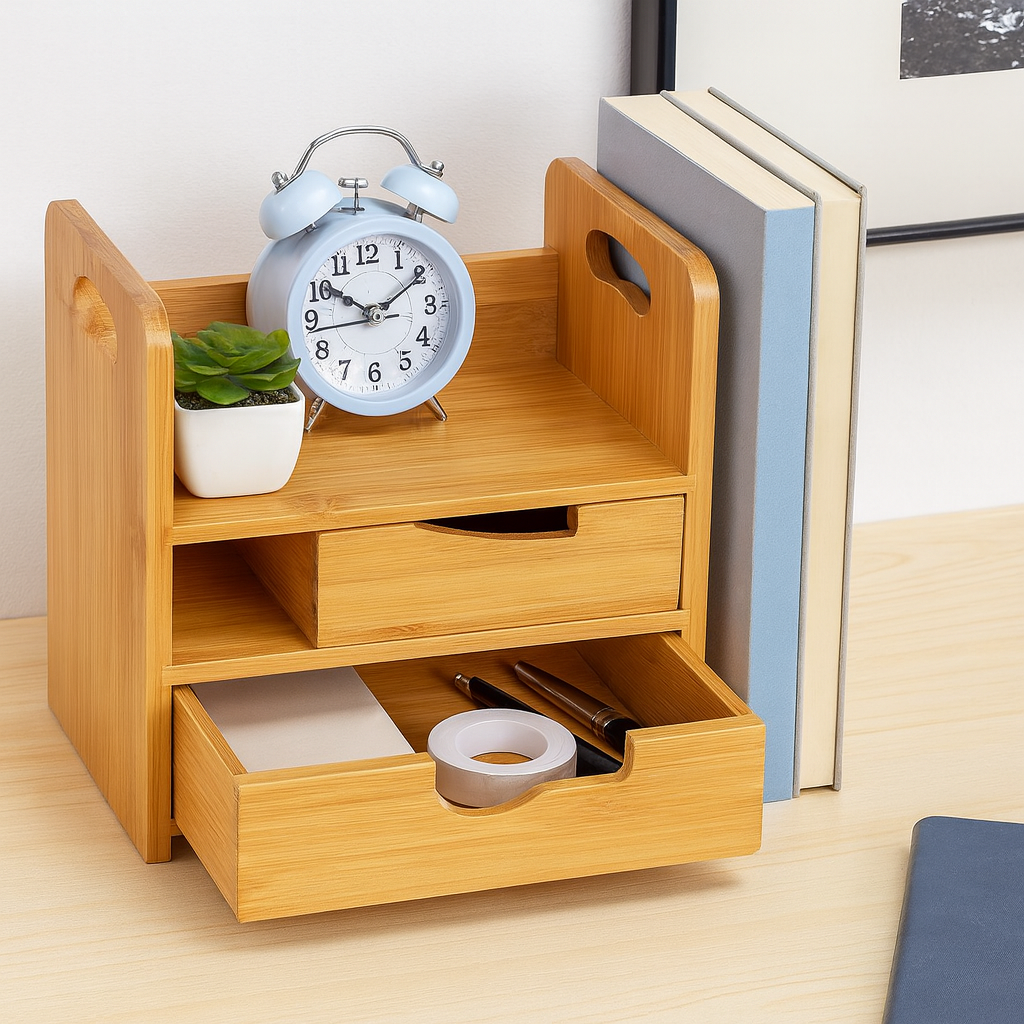
⭐ Why It Works
This type of ADHD workspace organization reduces:
- decision fatigue
- visual overload
- the “I’ll just drop it here” spiral
- working memory strain
Your desk becomes easier to start at because every zone has a role — not a rule.
3. The Visibility Board
Show Your Brain What Actually Matters
ADHD working memory isn’t weak — it’s leaky. If something isn’t visible, it slides into the mental void. Your brain can only juggle 1–3 active to-dos before it dramatically drops everything.
ADHD productivity hacks 101: Give your brain the external memory it needs without covering your desk in paper stacks.
A magnetic glass board works beautifully here — it’s clean, minimal, and helps your brain register what’s important without drowning in reminders.
Place it right beside your monitor and keep only 3–5 active items on it.
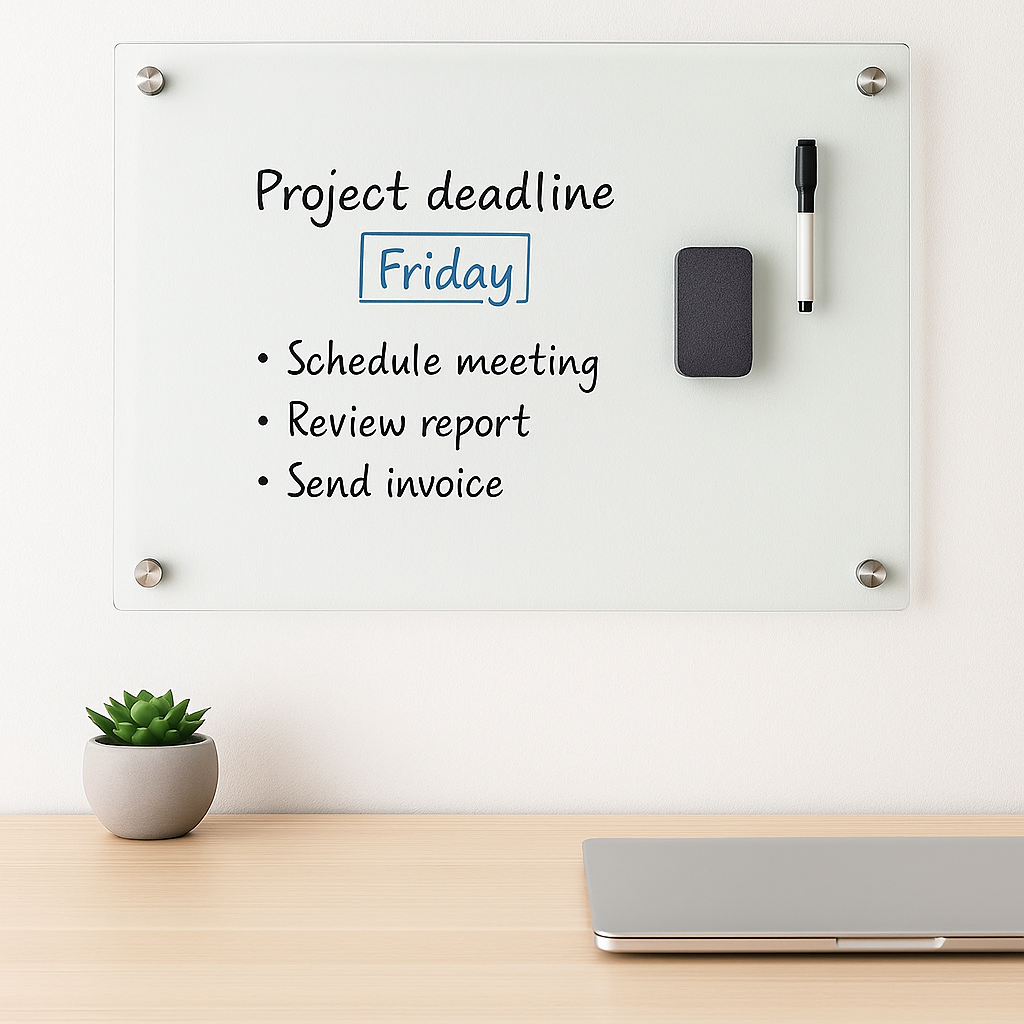
⭐ Why It Works
It supports:
- object permanence
- clarity
- quicker task switching
- easier task initiation
Your brain sees what’s next before overwhelm can set in. For an added productivity boost pair with 👉 Planners That ADHD Brains Actually Use
4. The 5-Minute Flow Trigger
A Gentle On-Ramp into Focus
The biggest ADHD productivity myth is that we struggle with doing tasks.
Nope.
We struggle with starting them.
It’s not laziness.
It’s not “avoidance.”
It’s not even procrastination in the traditional sense.
It’s a neurological bottleneck called state switching — the process of shifting from one mental mode (scrolling, resting, thinking, daydreaming) into another (doing, solving, producing).
For neurotypical brains, that shift is like turning a steering wheel.
For ADHD brains, it’s more like trying to turn a rusty crank that hasn’t moved in a decade.
That’s why the first 60 seconds feel impossible…
and then suddenly, once we’re in motion, we’re great.
This is exactly where the 5-Minute Flow Trigger comes in.
It’s not about making you productive.
It’s about creating a bridge from “stuck” to “moving.”
⭐ The Neuroscience Behind It
When you shift states, your brain has to:
- disengage the default mode network (the daydreamy, introspective, wandering-thoughts part of the brain)
- activate your task-positive network (the system that handles doing, focusing, processing)
- redirect energy toward your prefrontal cortex
For ADHD brains, this shift takes longer and requires external cues.
This is why the ritual works — it tells your brain:
“Hey, we’re transitioning now. No pressure, no big task. Just… shift with me.”
The brain doesn’t panic.
It doesn’t resist.
It follows.
⭐ The Ritual Itself: Keep It Tiny
Pick 1–3 cues that take less than 5 minutes total. A flow trigger isn’t about the action itself. It’s about the message the action sends.
Examples that work beautifully:
- turning on your anchor lamp
- wiping your small micro-surface
- stretching your hands
- drinking a sip of water
- lighting a candle
- placing your focus fidget in reach
- opening one tab (not 12)
- starting your “start mode” playlist
- putting your feet flat on the floor
Each step whispers:
“We’re not starting work. We’re preparing to start.”
⭐ Why It Works So Well for ADHD Brains
A 5-minute ritual reduces:
- activation energy
- emotional resistance
- decision fatigue
- “ugh I don’t wanna” shutdown
- mental clutter
- overwhelm
- time blindness panic
- the freezing caused by too-big tasks
Your brain needs momentum, not pressure.
Flow triggers create that momentum safely and gently.
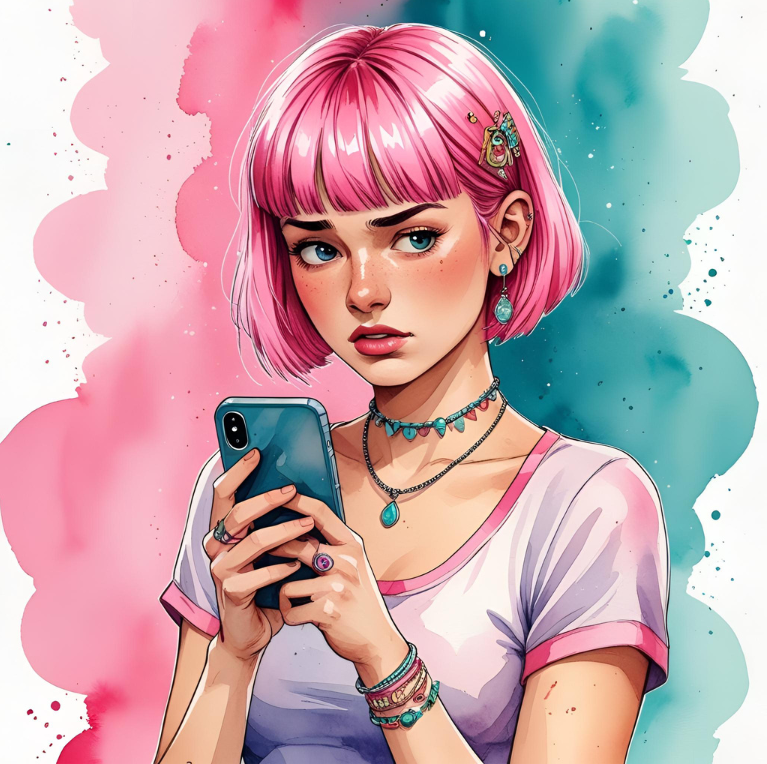
If Texting Feels Like a Chore…
ADHD brains hear text alerts the same way we hear alarms or calendar reminders.
If you want real info and hacks on an important struggle that no one is talking about, check out my post on why and what we can do about it!
5. The Micro-Surface Rule
Give Your Brain a Place to Land
You don’t need a spotless workspace.
You need one 8×10-inch rectangle that stays clear at all times — your visual landing strip. Everything else can be chaos — but this tiny spot stays sacred.
A neutral desk mat makes this effortless because it visually defines the space your brain can count on.
⭐ Why It Works
This tiny clear spot:
- reduces sensory overload
- calms your nervous system
- prevents chaos paralysis
- gives you a predictable “starting square”
When your brain doesn’t know where to begin, this space becomes the answer.
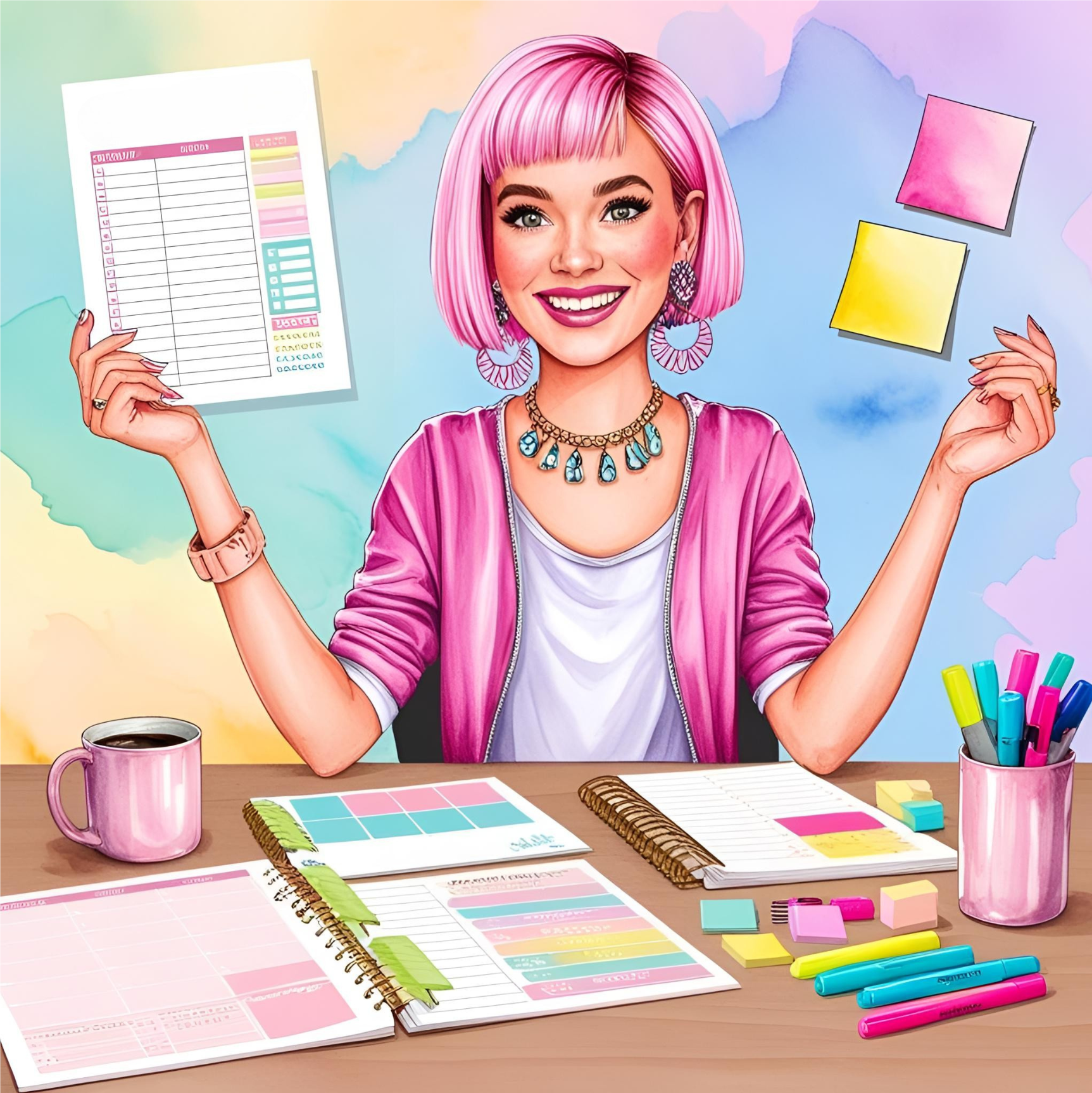
💖 Need printable tools to support your new ADHD work desk hacks?
Visit the HyperFocus Tools page for ADHD-friendly downloads like:
- Brain dump sheets
- Visual to-do list templates
- Reward charts (yes, you deserve a gold star)
6. Desk-Top Dopamine Grid
Motivation You Can Actually See
ADHD motivation isn’t discipline-based.
It’s interest-based.
Your desk needs a little variety — not an avalanche. Too many items creates visual noise.
A curated grid of dopamine-boosting micro-distractions prevents them from turning into another clutter vortex. So instead of a scattered fidget graveyard, create a curated Desk-Top Dopamine Grid:
Choose 3–4 items like:
- a weighted fidget cube
- a novelty pen
- a smooth palm stone
- a textured sensory ring
- a tiny aesthetic timer
These tools help you start without pulling you off task.
⭐ Why It Works
Visible micro-dopamine boosts:
- increase motivation
- regulate emotions
- improve task initiation
- support sustained attention
This grid gives your brain just enough stimulation to move from “ugh” to “okay, fine, let’s do this.”
7. The Catch-and-Release Tray
Stop Letting Clutter Become a Crisis
This is not a junk drawer.
This is your clutter buffer — a simple tray that absorbs the day’s chaos so it doesn’t take over your entire desk.
Throughout the day, the tray catches items you aren’t ready to deal with.
At the end of the day (or week), you release it intentionally.
Tip: Aesthetically pleasing clutter solutions quiet visual noise.
A sleek wooden tray or small woven basket works well because it’s big enough for daily clutter but not so big it becomes another black hole.
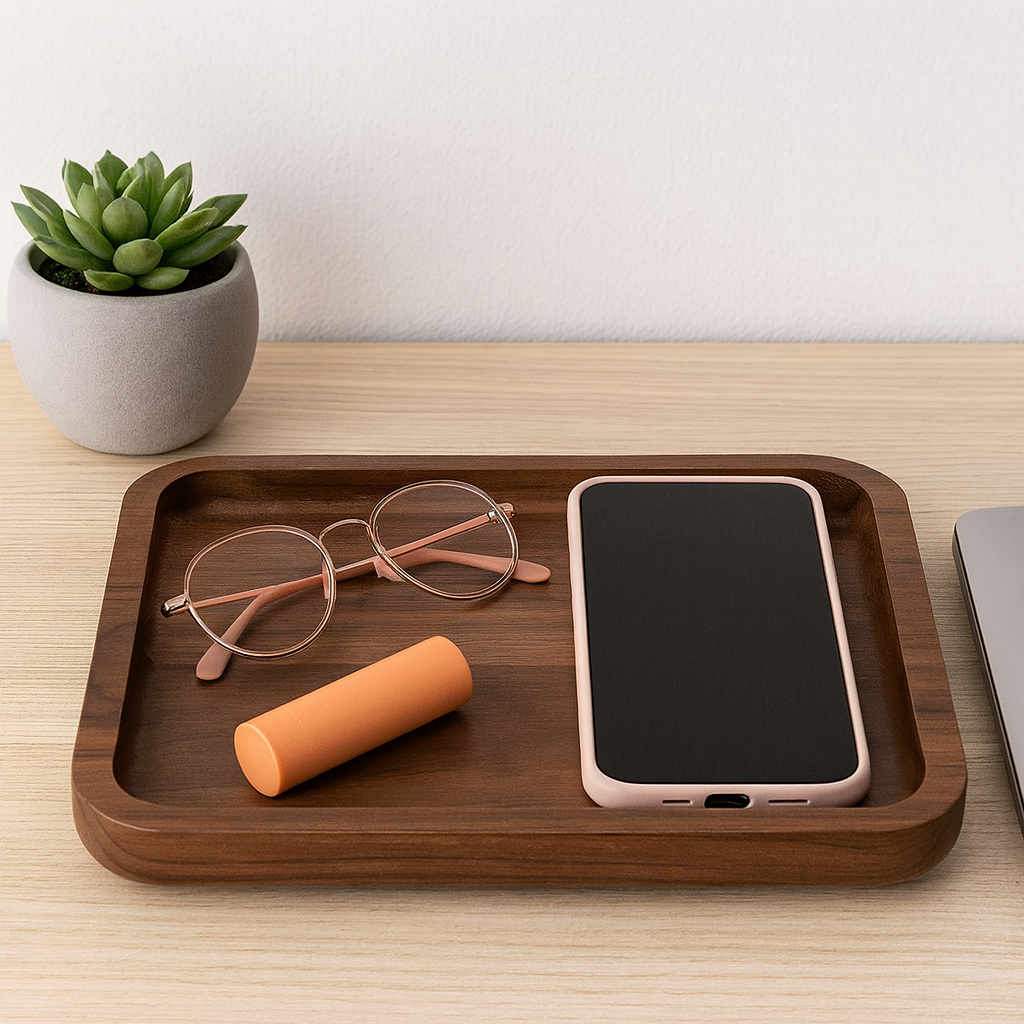
⭐ Why It Works
ADHD brains experience urgency in waves. The tray protects future-you from being ambushed by tasks you weren’t mentally ready for.
This helps your brain feels supported and prevents:
- shame spirals
- “I can’t even look at my desk” shutdown
- start-up paralysis
- overwhelm at the beginning of the day

Quick ADHD Desk Organization Checklist
Don’t try all seven today. Pick one. Start with whatever lowers friction the most:
✅ Choose your Anchor Object
✅ Claim your 8×10 micro-surface
✅ Create one functional zone
✅ Pick a 5-minute flow ritual
✅ Add one dopamine item to your desk
✅ Set up a Catch-and-Release tray
✅ Put one thing you’re avoiding into your Visibility Board
Tiny shifts → easier starts → real momentum.
🌟 Bonus Productivity Hacks: Try an Energy-Based Desk Setup
Design your workspace around your brain’s fuel level — not your task list.
Some days my brain shows up like a golden retriever ready to sprint into every idea. Other days it shows up like a sloth wearing a weighted blanket. An energy-based desk setup gives both versions of your brain a productive place to land — no forcing, no guilt.
Energy-based design means setting up your desk around your energy level, not your to-do list.
This keeps you from fighting yourself and lets your workspace support whatever brain state you’re in right now.
Here’s what it looks like:
🔹 Low-Energy Zone (The Soft Landing Zone)
For foggy, drained, overstimulated, or “please don’t make me” moments.
Stock this area with:
- your 8×10 micro-surface
- one or two “easy wins” sticky notes
- grounding objects (stone, scent, fidget)
- hydration
- your flow-trigger rituals
- anything soothing and low-demand
Purpose: reduce activation energy so you can start without pressure.
This zone is your gentle entry point — the cozy blanket version of productivity.
🔹 Medium-Energy Zone (The Workhorse Zone)
For steady, functional, ready-to-follow-through moments.
This area holds:
- your laptop or main workstation
- visibility board
- action-zone task cards
- your anchor object
- dopamine grid items
- headphones or playlist controls
Purpose: support sustained focus without overwhelming you.
This is where most of your structured, day-to-day work naturally belongs.
🔹 High-Energy Zone (The Creative Surge Zone)
For those beautiful ADHD hyperfocus bursts when your brain suddenly says,
“Let’s build an empire!”
Keep this space flexible for:
- brainstorming pads
- markers or colored pens
- a small whiteboard
- tablets or sketch tools
- project drafts
- mind maps
Purpose: capture creativity while the energy is there.
Don’t waste your rare high-energy windows on low-energy tasks like email.
⭐ Why It Works
Instead of wrestling your energy into a rigid system, your desk starts adapting to you.
You aren’t punishing yourself for inconsistency — you’re designing for it.
It acknowledges something most ADHD advice ignores:
your brain is different every day, and your desk should be too.
⭐ Try This
Pick ONE zone that matches your current energy and set it up today.
Don’t plan all three at once — your brain will thank you.
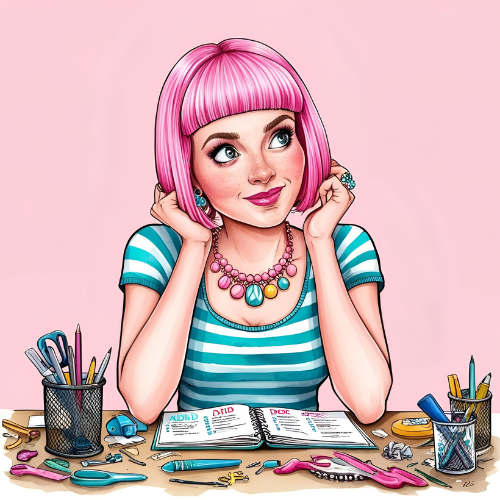
Productivity Tools That Support ADHD Desk Organization Hacks
You’re not broken. Your workspace just hasn’t been designed for your brain yet. Let’s fix that.
If you want to enhance your setup, consider tools that blend function and calm ➡️
Amazon affiliate links; I may earn a small commission if you purchase through them at no cost to you.
👉 warm-glow desk lamp
👉 magnetic task board
👉 sensory fidget
👉 desk tray set
👉 neutral desk mat
👉 smooth grounding stone
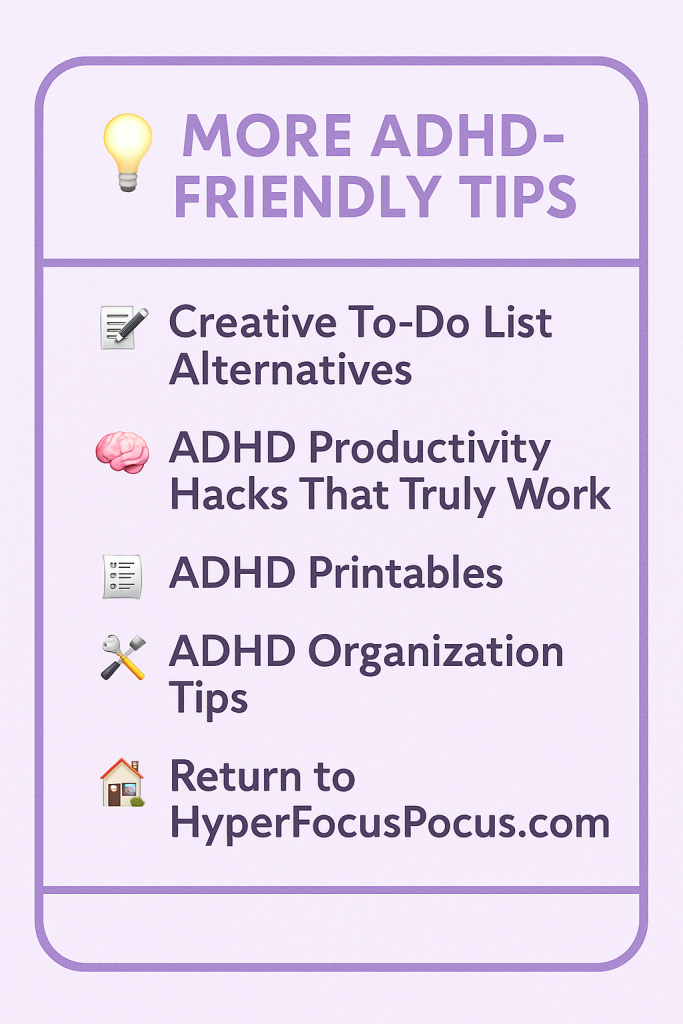
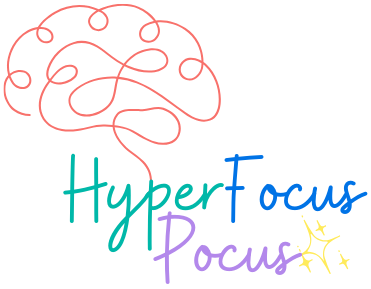
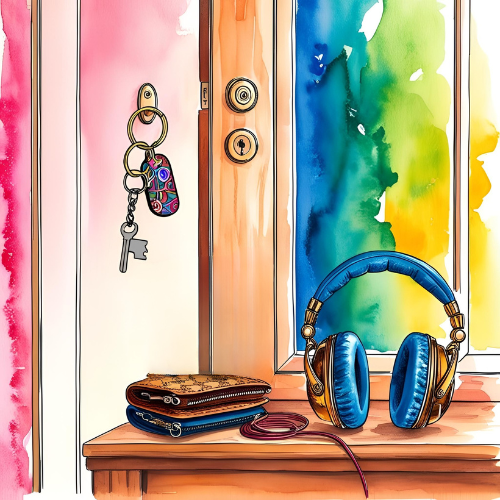

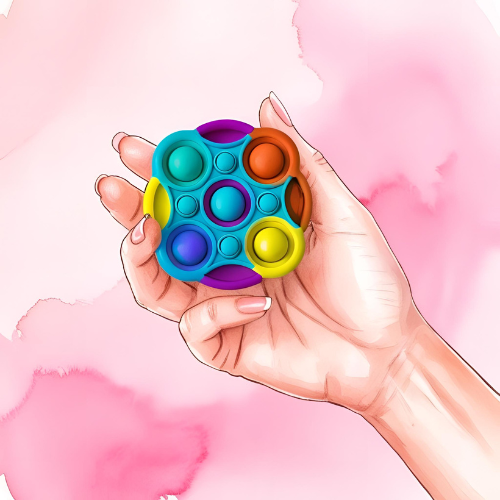
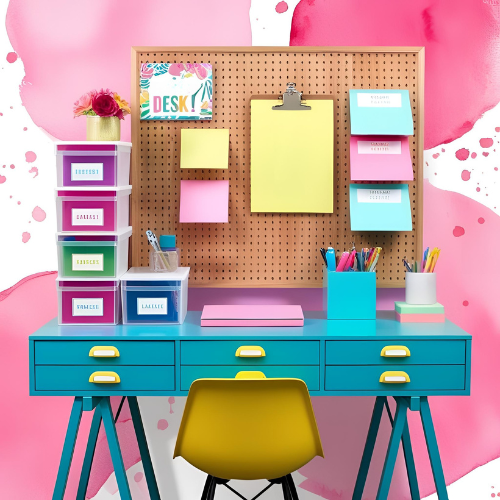

11 Comments